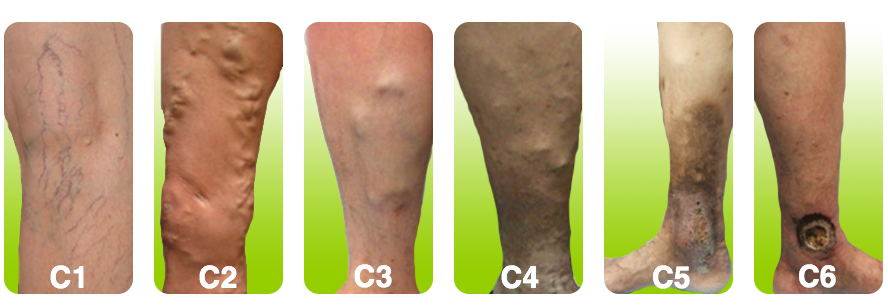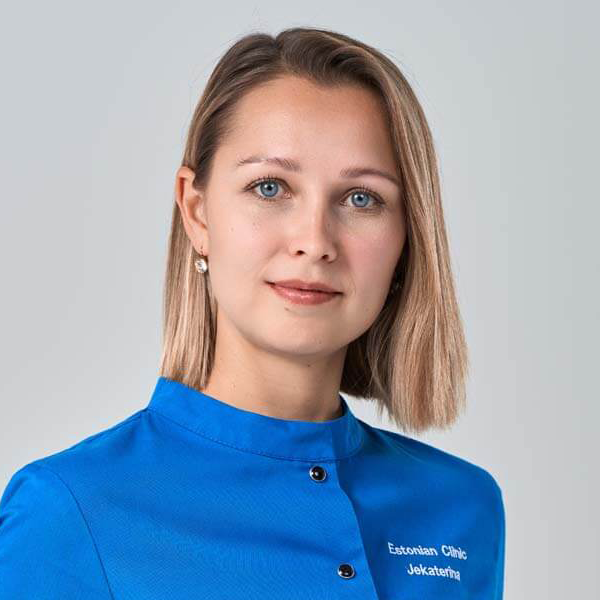What are varicose veins?
Usually varicose veins are just the top of an iceberg and the extent of the diseased veins needs to be thoroughly examined. Therefore, the visible varicose vein is not the only vein affected by the disease – the cause is usually an insufficient perforator or an incompetent vein trunk.

What causes varicose veins?
Varicose veins are a common problem in the western population, affecting approximately every fourth person. The incidence rises with age. Approximately 8 % of women under 30 years of age have varicose veins. The incidence rises up to 41% for women in their fifth decade. Men are affected somewhat less but have a similar incidence pattern.
Risk factors of varicose veins
Heredity
Pregnancy
Overweight
Female sex
Smoking
Standing

What symptoms may be caused by varicose veins?
In milder cases varicose veins can be asymptomatic. As the disease develops pain and swelling after long periods of standing may follow. In cases of vast varicose veins, a painful inflammation may complicate the disease – this is called thrombophlebitis. In chronic cases the disease starts to affect the skin of the legs causing pigmentation and lipodermatosclerosis. A chronic venous ulcer may develop which itself is although in rare cases a risk factor for skin cancer. Chronic venous insufficiency is graded by the CEAP classification.

CEAP classification. C1 – telangiectasias, C2 – varicose veins, C3 – edema, C4 – skin changes, C5 – healed ulcer, C6 – chronic venous ulcer
How are varicose veins treated?
Modern treatment methods include radiofrequency ablation (RFA, ClosureFast procedure), endvenous laser ablation (EVLA, EVLT) and VenaSeal ™ adhesive. In addition, depending on the need sclerotherapy and miniphlebectomy may also be used. Open surgery is no longer the method of choice for varicose vein treatment.

Administrator
Alternatively, you can call us:
+372 619 0022.